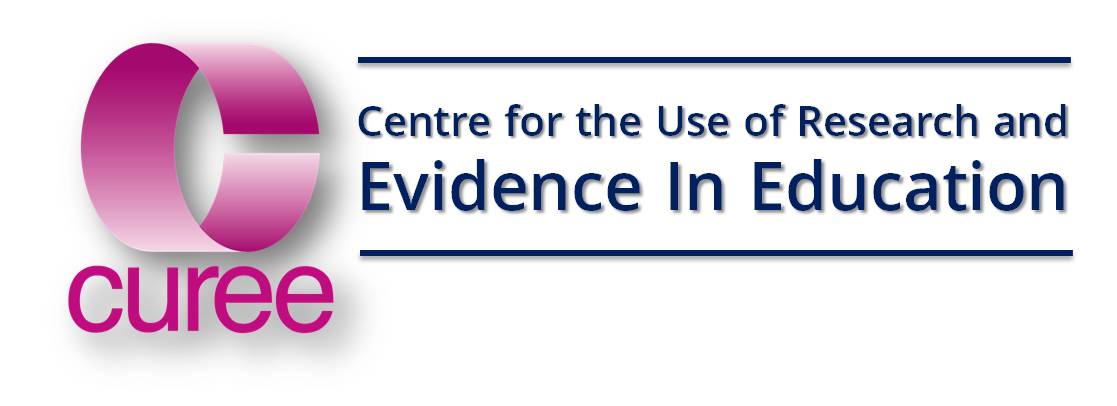The National Teacher Research Panel was set up about 15 years ago by CUREE supported by a group of national education agencies most of which no longer exist. It had three main goals:
- To ensure that all research in education takes account of the teacher perspective
- To ensure a higher profile for research and evidence informed practice in government, academic and practitioner communities
- To increase the number of teachers engaged in and with the full spectrum of research activity.
Over the several years of its existence, the Panel, supported by its expert advisers in CUREE, has helped and encouraged dozens of teachers and school leaders to do high quality but practical research. The Panel also helped them report their findings succinctly, in plain English and focused on relevance to other practitioners. This is one such example of that work.
Aim: Many curricula include information about seeing, hearing and smelling, and an appreciation of these senses is related to an understanding of the behaviour of light, sound and gases. The National Curriculum for England requires sound to be taught in Year 5 and seeing to be taught in Year 6. It states that pupils should be taught that vibrations from sound sources require a medium through which to travel to the ear and that we see things only when light from them enters the eye. While there is no specific requirement to teach about the sense of smell, the QCA KS2 science document uses this to teach the children about gases. The questions that the study asked were:
What kinds of models do the children bring to their learning and how can this knowledge inform teaching strategies; and
Do children have similar models of understanding for seeing hearing and smelling?
File attachments:
Document section:
